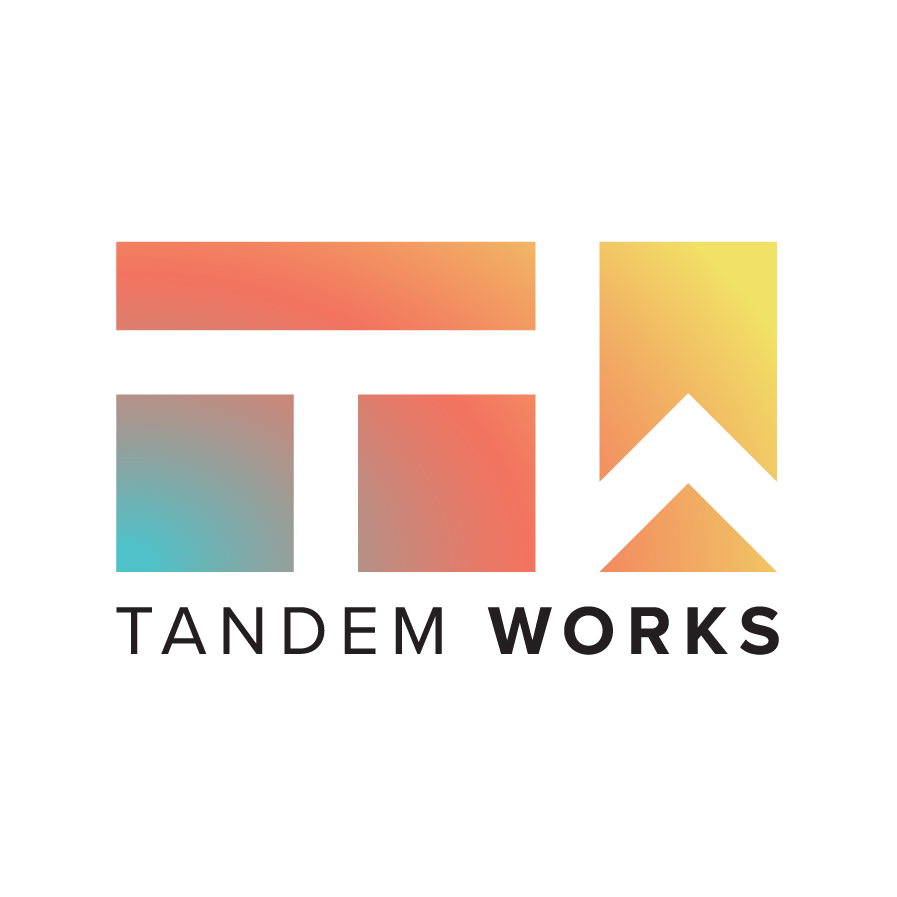How to Plan a Workshop that People Want to Attend
Workshops have the potential to inspire, connect, and drive action—but only if they’re done right. Too often, they fall flat, leaving attendees counting the minutes until they can leave. At Tandem Works, we believe every workshop should be a great one. Whether teaching new skills, solving a problem, or sparking creativity, the key is planning. We are going to break down our method.
Step 1: Nail Down the “Why” Before the “What”
Before brainstorming icebreakers or picking out the perfect snack spread, ask yourself why this workshop must exist? People are busy, so your workshop should solve a problem, provide a new perspective, or teach a skill they can’t easily Google.
Pro Tip:
If you can’t articulate your workshop’s value in one sentence, you’re not ready to send out those invites.
Step 2: Create an Experience, Not Just a Lecture
Think beyond slides and monologues. People learn better (and stay awake longer) when they’re engaged.
Here’s how to mix it up:
Get Hands-On: Let attendees try what you’re teaching in real time.
Break into Groups: Small discussions often lead to big ideas.
Use Examples: Real-life stories make your content relatable and actionable.
Reminder:
If your workshop feels like a college seminar, try harder.
Step 3: Prioritize Practical Takeaways
Workshops should deliver actionable value—not just abstract theories or a motivational pep talk. Make sure participants leave with:
At least one new skill.
Tools or frameworks they can implement immediately.
A clear next step for putting what they’ve learned into practice.
Example:
If you’re hosting a branding workshop, include a hands-on session where attendees draft a brand positioning statement or sketch out a visual identity mood board.
Step 4: Build in Opportunities to Connect
Workshops aren’t just about content; they’re about community. Incorporate opportunities for attendees to connect with each other. This might mean pairing them up for a brainstorming exercise or encouraging Q&A sessions that feel more like a dialogue than an interrogation.
Bonus Points:
If someone leaves with a new partnership or client lead, they’ll remember your workshop forever.
Step 5: Don’t Skimp on the Fun (or Snacks)
A sprinkle of fun can transform a workshop from “meh” to memorable. This doesn’t mean you need a stand-up comedian, but a well-timed joke or quirky group activity can do wonders. And yes, snacks matter—a lot.
Snack Hierarchy:
Fresh coffee (non-negotiable).
Healthy-ish options (think fruit or trail mix).
One treat (because chocolate fuels creativity for some).
Step 6: Follow Up Like a Pro
The workshop isn’t over when people walk out the door. A well-timed follow-up email can reinforce what they learned and show you’re invested in their success. Include:
A recap of key points.
Any materials or resources mentioned during the session.
A thank-you note (extra points if it’s handwritten).
Pro Tip:
Ask for feedback while the experience is fresh. It’s the easiest way to improve for next time.
Final Thoughts: Keep It Real
The best workshops balance professionalism with personality. Be authentic, know your stuff, and stay attuned to the needs of your audience. If you do it right, people won’t just want to attend your next workshop—they’ll demand it.
Need a partner to create and facilitate your workshop?
At Tandem Works, we know how to turn ideas into standout events. Whether you’re starting with a blank slate or need a little fine-tuning, we’re here to help. Let’s collaborate—reach out today and make magic happen.








